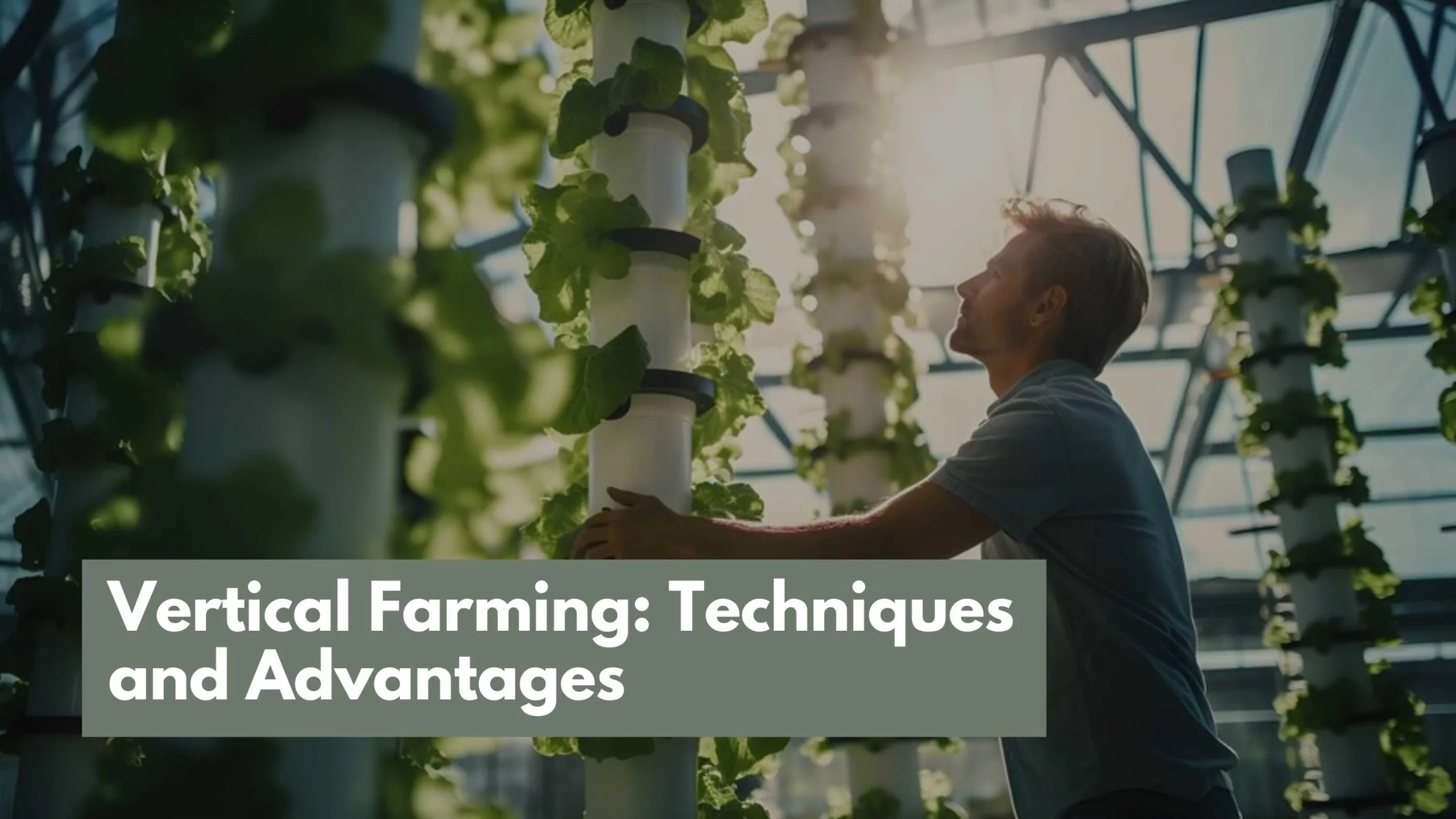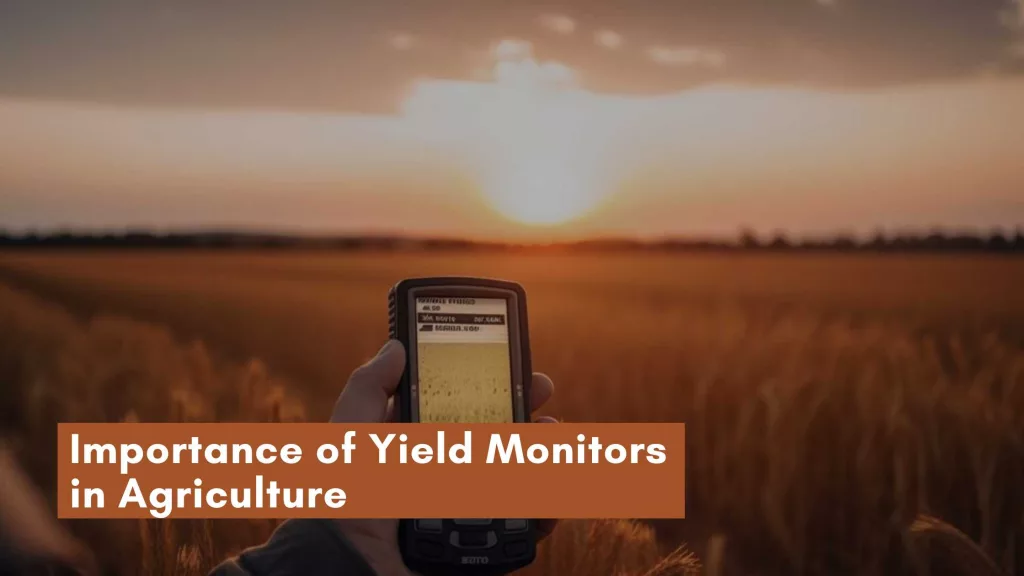Introduction
Vertical farming is urban agriculture where plants and vegetables are grown indoors in vertically stacked layers, such as in a skyscraper, shipping container, or warehouse. This type of farming utilizes a controlled environment, such as artificial lighting, hydroponics, aeroponics, and climate control, to optimize the growth and productivity of the plants. Vertical farming is an increasingly popular way to grow food in urban areas, as it takes up less space and can be more efficient and sustainable than traditional farming.

Vertical farming grows crops in vertically stacked layers using artificial light and controlled environment techniques. This approach allows for year-round crop production and reduced use of water, pesticides, and land compared to traditional agriculture.
Additionally, vertical farming can be located in urban areas, making fresh produce more accessible to city populations. However, the high costs associated with setting up a vertical farm and the energy requirements to power the lighting systems are among the challenges facing this type of agriculture.
Techniques of Vertical Farming
Hydroponic Systems
Hydroponic systems use nutrient-rich water solutions for nourishment instead of soil, making them a great way to stack crops vertically.
Aeroponic Systems
Aeroponic systems grow plants in air or mist with no soil at all. This method is often used in vertical farms and is a great way to save space and water.
LED Lighting
LED lighting has become a popular way to grow plants indoors, requiring fewer resources than other lighting methods. LED lighting is also beneficial in vertical farms as it enables them to stack multiple levels of crops.
Climate Control Systems
Climate control systems are necessary for vertical farming due to the confined space. These systems help regulate temperature, humidity, and other environmental factors to maintain optimal growing conditions.
Automation
Automation is a great way to save time and labor in vertical farms. Automated irrigation, lighting, and climate control systems can help ensure plants get the ideal growing conditions.
Advantages of Vertical Farming
Increased crop yields
Vertical farms can produce more crops per square foot than traditional farms due to the controlled environment and efficient use of space.
Water conservation
Vertical farms use much less water than conventional agriculture, as water can be recycled and reused.
No soil required
Vertical farming can grow crops without soil, reducing the need for land and reducing erosion.
Pesticide-free
Vertical farms can be free from pesticides and herbicides, providing safer, cleaner food for consumers.
Year-round production
Vertical farms can grow crops year-round regardless of weather or season, providing a consistent fresh produce supply.
Reduced transportation costs
Vertical farms can be located in urban areas, reducing the costs and carbon footprint of transporting food long distances.
High start-up costs
Vertical farming requires a significant amount of capital to set up. This is because it requires specialized lighting and climate-controlled environments, which are expensive to buy and maintain.
Limited crop selection
Vertical farming relies on hydroponic systems; only certain types of crops can be grown. This can limit the diversity of products available.
High energy consumption
Vertical farming is energy-intensive, requiring many lights, climate control, and pumps to keep the systems running.
Space constraints
Vertical farms take up a lot of space and are only suitable for also locations. This may limit the number of vertical farms that can be created.
Conclusion
Numerous benefits of Vertical farming make it a sustainable and optimal method of farming that supports a controlled environment. It relies on techniques such as artificial lighting, hydroponics, aeroponics, and climate control to optimize the growth and productivity of the plants. It is more popular in urban areas due to its optimistic, sustainable, and efficient conditions.




It was an eye-opener! The efficiency and sustainability factors are seriously impressive. Exciting times ahead for farming!
Glad you found it eye-opening! Absolutely, the efficiency and sustainability of vertical farming are game-changers. It’s exciting to envision the positive impact it could have on the future of agriculture. Thanks for sharing your thoughts!
Mind officially blown! The possibilities seem endless.
I’m thrilled to hear that your mind was blown by the possibilities of vertical farming! It’s amazing to think about the endless opportunities it presents for revolutionizing agriculture. Thanks for sharing your excitement!
Vertical farming is such a fascinating concept! Just finished reading this blog post and I’m seriously impressed by the techniques and advantages. It’s amazing how innovation in agriculture can lead to more sustainable and efficient food production. Definitely got me thinking about the future of farming!
Limited crop selection in vertical farming is a drawback, but with ongoing research, more options are becoming available.
High start-up costs may be a challenge for vertical farming, but the long-term benefits make it worth the investment.
Reduced transportation costs in vertical farming mean fresher produce for consumers and fewer emissions for the planet.
Year-round production in vertical farms means fresh produce is always available – goodbye, seasonal shortages!
Pesticide-free produce from vertical farms is not only healthier but also better for the planet.
No soil required in vertical farming means fewer resources are needed – it’s a win for the environment!
Water conservation is a huge benefit of vertical farming – it’s inspiring to see how this method reduces water usage compared to traditional agriculture.
Increased crop yields in vertical farming mean more food can be grown in less space – talk about efficiency!
Climate control systems ensure that crops are grown in optimal conditions, no matter the weather outside.
LED lighting is a game-changer for vertical farming – it’s efficient, customizable, and helps plants grow year-round.
Aeroponic systems take vertical farming to a whole new level – literally! It’s amazing to see how plants thrive in misty air.
Hydroponic systems in vertical farming are so cool – who knew you could grow plants without soil?
Just finished reading about vertical farming – it’s fascinating to learn about the different systems and how they work.
Vertical farming is such an innovative approach – this blog post really highlights the techniques and advantages!
Water conservation in vertical farming is such a huge benefit.
Increased crop yields with vertical farming are impressive – great insights!
Climate control systems in vertical farming ensure optimal growing conditions.
LED lighting in vertical farming is a game-changer for plant growth.
Aeroponic systems are so futuristic and efficient – loved learning about them!
Hydroponic systems seem like a great way to grow crops efficiently.
Vertical farming is such an innovative approach – really enjoyed reading about it!